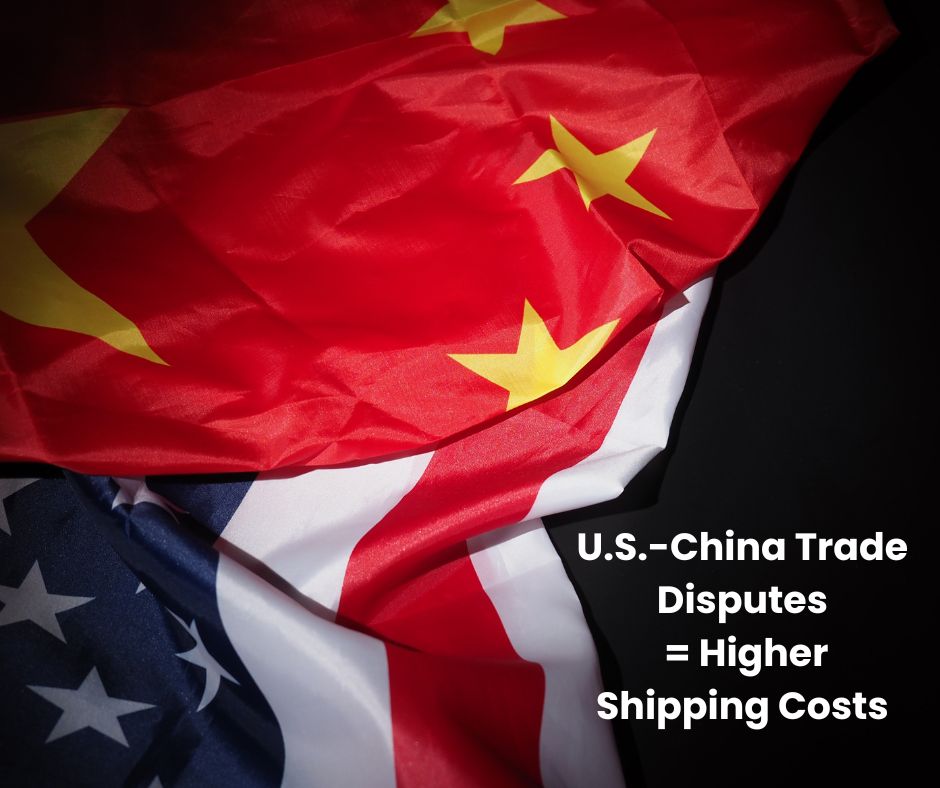Navigating the Uncertainty of Global Shipping Costs in 2025

In 2025, small and medium-sized enterprises (SMEs) face a turbulent global shipping landscape marked by unpredictable cost fluctuations. Geopolitical tensions and shifting trade policies have introduced significant volatility, making it challenging for SMEs to maintain stable cash flow and operational efficiency.
Geopolitical Tensions Impacting Shipping Costs
A notable example is the escalation of the U.S.-China trade conflict. In October 2025, both nations imposed reciprocal port fees targeting vessels linked to each other's countries. This move disrupted global shipping operations, reduced vessel availability, and increased cargo rates. The Shanghai Containerised Freight Index surged by 12.9%, reflecting growing costs, particularly along transpacific routes.
Additionally, the imposition of retaliatory port fees by China added over $7 per barrel—or around $15 million total—for U.S.-linked Very Large Crude Carriers (VLCCs), leading to increased freight rates on key routes.
These sudden changes in shipping costs highlight the unpredictability SMEs face when geopolitical tensions influence global trade dynamics.
Other Instances of Shipping Cost Volatility in 2025
Beyond the U.S.-China tensions, other events have also contributed to shipping cost fluctuations:
· Tariff Adjustments: In early 2025, modifications in U.S.-China trade policy led to a surge in spot rates for container shipping. Within weeks, average spot rates jumped nearly 70%, leaving shippers scrambling for capacity and facing pricing pressure.
· Sanctions and Trade Restrictions: China's sanctions on U.S. subsidiaries of South Korean shipbuilder Hanwha Ocean added strain to global maritime trade, especially given China's dominance in shipbuilding, making up more than 50% of the market.
· Supply Chain Disruptions: Port congestion and vessel rerouting due to new port fees have led to delays and increased shipping costs, further complicating logistics for SMEs.
The Challenge for SMEs
SMEs often lack the resources and flexibility of larger enterprises to absorb sudden increases in shipping costs or adapt to rapid changes in trade policies. This vulnerability makes it difficult to maintain consistent pricing, manage inventory effectively, and ensure timely delivery of goods.
Strategic Resources for SMEs
To navigate this volatile environment, SMEs can benefit from structured strategies and practical tools. The SME Logistics Guide offers:
· Step-by-step checklists to manage port delays, trucking shortages, and rail cuts.
· Cost impact tables to help businesses budget effectively.
· Case studies of SMEs that have successfully adapted to disruptions.
· Expert insights on compliance, cash flow management, and strategic planning.
In conclusion, the unpredictability of global shipping costs in 2025 underscores the need for SMEs to adopt resilient and adaptable supply chain strategies.
By equipping themselves with these resources, SMEs can better anticipate challenges and implement proactive measures to safeguard their operations. Access this publication for FREE when you sign up for one of our Survival Toolkits.